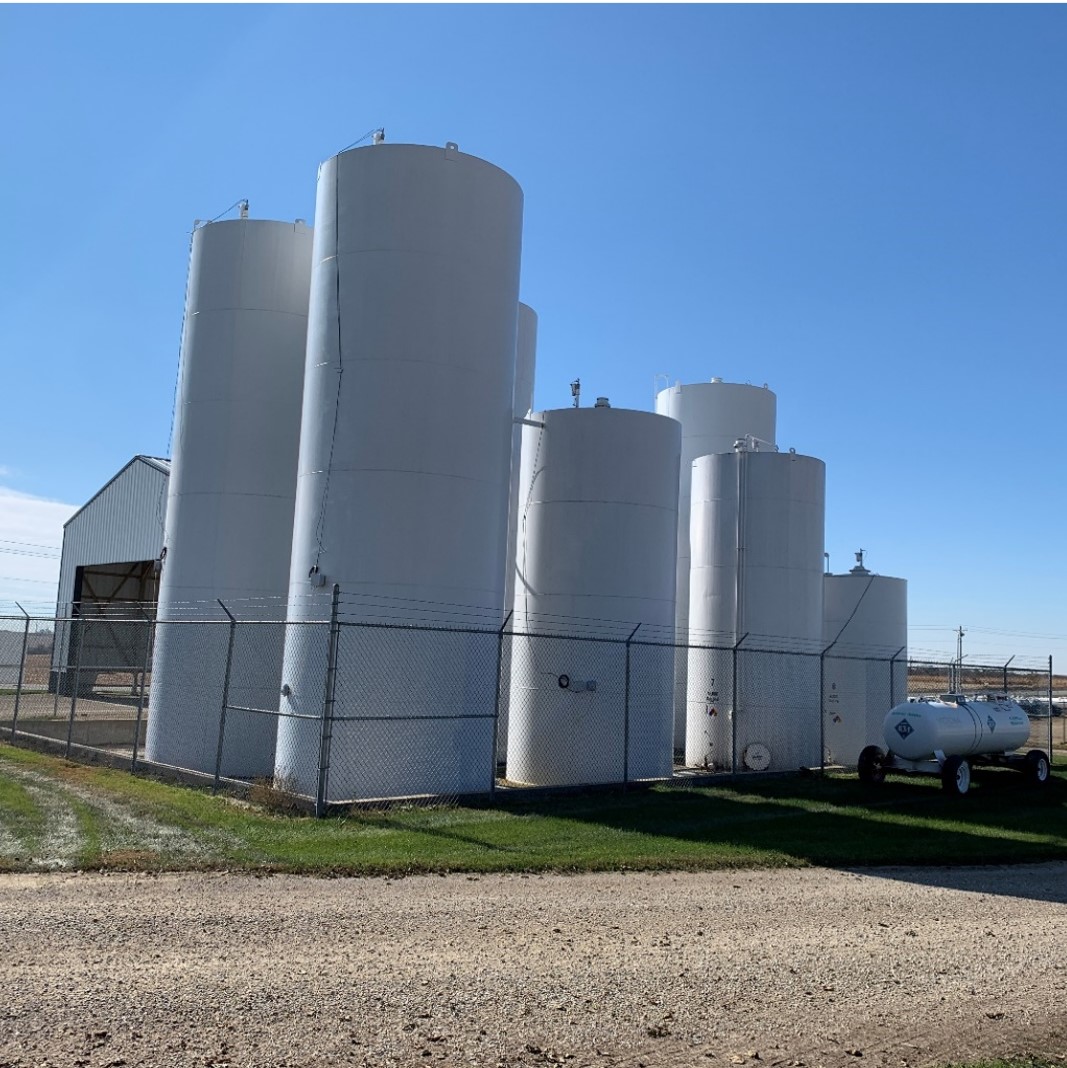Title Page
-
Site Inspected
-
Inspection Date
-
Inspector Name
Bulk Refined Fuel Plant
-
Does your facility have a bulk refined fuel plant?
Tank and Piping
-
Is the exterior of all tanks (roof, shell, heads, bottom, connections, fittings, valves, etc.) free of visible leaks?<br>Note: If "No," identify tank and describe leak and actions taken in the comments below.
-
Are the liquid level gauges legible and in good working condition?
-
Is the area around the tanks (concrete surfaces, ground, containment, etc.) free of visible signs of leakage?
-
Are the primary tanks free of water or has another preventative measure been taken?
Tank Equipment
-
Is the spill container (spill bucket) empty, free of visible leaks, and in good working condition?
-
Are piping connections to the tanks (valves, fittings, pumps, etc.) free of visible leaks?<br>Note: If "No," identify location and describe the leak in the comments below.
-
Do the ladders, platforms, and walkways appear to be secure with no sign of severe corrosion or damage?
Containment (Diking/Impounding)
-
Is the containment free of excess liquid, debris, cracks, corrosion, erosion, fire hazards, and other integrity issues?
-
Are dike drain valves closed and in good working condition?
-
Are containment egress pathways clear and any gates or doors operable?
Concrete Exterior AST
-
Inspect all sides for cracks in concrete. Are there any cracks in the concrete exterior larger than 1/16"?
-
Inspect concrete exterior body of the tank for cleanliness, need of coating, or rusting where applicable. Is the tank exterior in acceptable condition?
-
Visually inspect all tank top openings including nipples, manways, tank top overfill containers, and leak detection tubes. Is the sealant between all tank top openings and concrete in tact and in good condition?
-
Comments about the bulk refined fuel plant?
Fast Stop & Company Use Fuel Tanks
-
Does your facility have aboveground fuel tanks for Fast Stop or company use?
Tank and Piping
-
Is the exterior of all tanks (roof, shell, heads, bottom, connections, fittings, valves, etc.) free of visible leaks?<br>Note: If "No," identify tank and describe leak and actions taken in the comments below.
-
Are the liquid level gauges legible and in good working condition?
-
Is the area around the tanks (concrete surfaces, ground, containment, etc.) free of visible signs of leakage?
-
Are the primary tanks free of water or has another preventative measure been taken?
-
For double-wall tanks, is interstitial monitoring equipment (where applicable) in good working condition?
-
For double-wall tanks, is interstice free of liquid?<br>Remove the liquid if it is found. If tank product is found, investigate possible leak.
Tank Equipment
-
Is the spill container (spill bucket) empty, free of visible leaks, and in good working condition?
-
Are piping connections to the tanks (valves, fittings, pumps, etc.) free of visible leaks?<br>Note: If "No," identify location and describe the leak in the comments below.
-
Do you have any comments about the aboveground fuel tanks for Fast Stop or company use?
Portable Containers
-
Does your facility have fuel or oil products in portable containers? <br>Examples: used oil, power fluid, hydraulic oil, N-Serve shuttles, etc.
Portable Container Containment/Storage Area
-
Are all portable containers within designated storage area?
-
Is the containment and storage area free of excess liquid, debris, cracks, and fire hazards?
-
Are drain valves closed and in good working condition?
-
Are containment egress pathways clear and all gates/doors operable?
Containers
-
Is the container free of leaks?<br>Note: If "No," identify container and describe leak in the comments below.
-
Is the container free of distortions, buckling, denting, or bulging?
-
Do you have any comments about the portable containers used to store fuel and oil products?
Inspection Completion
-
Inspector’s Signature







